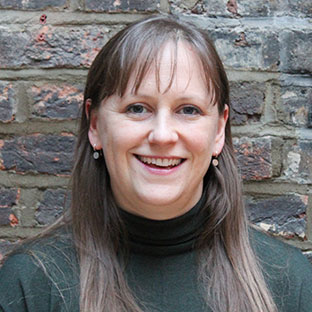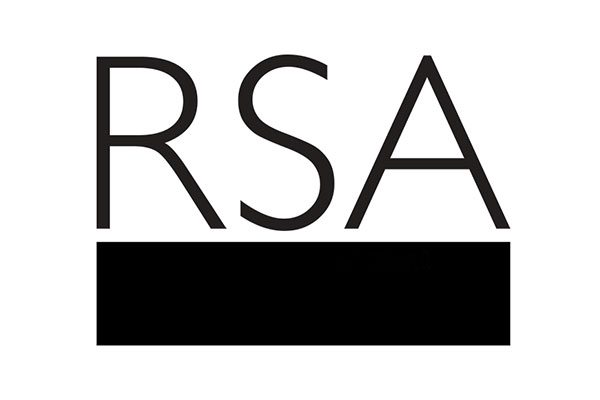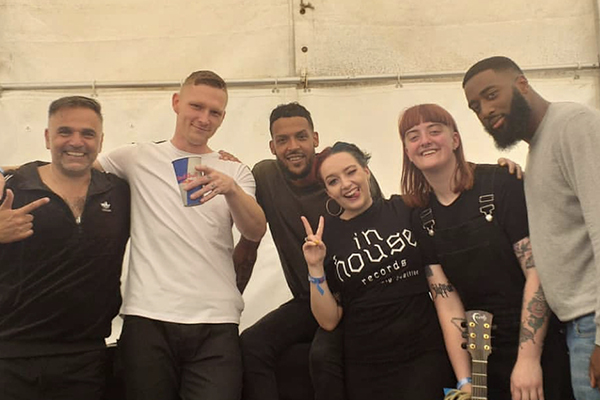Every now and again I have a really inspiring meeting that draws together common threads from our work in Arts and Society with thinking from other people and the wider world. Yesterday was one such day. I was meeting the artist Lucy Steggals about the Creative Intersections project we are doing with King’s College London and our recent event showcasing the journey of this work with participating artists and academics – and recent learning and reflection from Arts and Social Change in Citizen Power Peterborough came flooding into the frame whilst hearing about Lucy’s experiences in Gravesend and the Isle of Sheppey.
We’ve just published a case study on the artist’s residencies. Called ‘Context Matters’ this is a reflective and observational document by Richard Ings about the experiences of the two residencies that I have curated for Arts and Social Change. Very much intended to be about sharing learning and experiences, this takes the first-hand views of the two artists, Joshua Sofaer and Simon Grennan along with the two community groups they worked with; Morland Court Residents’ Association and Peterborough Street Pastors respectively. This coupled with the Made in Peterborough commissions programme; the first with Encounters who devised the Take Me To project and the second with Joanna Rajkowska’s Peterborough Child sculpture – consolidated much of the fascinating consideration and challenge that needs to be borne out when working in ‘Any Place’ successfully where there are mutual outcomes needed for the many parties involved from the funder to the commissioner, from local residents to the artists themselves.
In embarking on the journey of working in communities with the arts, much of the consideration lies in where and how the artwork is conceived. Initially informed by the brief given to the artist and underpinned by the strength of support to the ideas within it from the local partnership, there needs to be a framework with which to engage at the beginning. This is then followed by flexibility so the ideas can be shaped and informed by local conversation and context. This need for flexibility and open acknowledgement across the stakeholders is crucial. We don’t know for sure how it is going to proceed until we’ve met the local people. If the first path chosen is not working then another needs to be taken and this takes time.
Establishing the trust for this to take place with the people you are working with is also paramount – and as an artist (and in our case, commissioner/producer) you give something of yourself to that. Friendships are established, mutual professional bonds develop, time (and sometimes budget) is spent way beyond the project brief to get the job done because you become invested in it and the people involved. You become part of the group.
Different artists work in different ways of course. For some, their approach means engagement locally begins once the work is installed and for others the work is informed entirely through local people making the decisions on the artwork. There exists in the middle and at the edges a process of co-design and co-creation. In introducing an artist to a place, much is led by the nature of the introduction to the local community. As an ‘outsider’ in many cases, whether it is as a facilitator, workshop leader or artist, this can play a significant role in the expectations and understanding of people locally – who if to be engaged need to have a sense of: Who are you? Why are you here? Who is the work for? Why should I bother to get involved?
All of which needs to be skilfully woven with the artist’s own integrity and practice. This is not about the artist dictating direction necessarily but about having a voice to shape and lead the project among all the parties involved.
In turn, this throws up the fascinating subject of where the art is created and where the real value of the work is held for the different people and stakeholders involved. In ‘socially engaged’ projects, sometimes it is necessary to pull back from the final product as being the end game (and therefore the sign of success) to instead consider the journey and process that has been crafted and experienced.
To quote Richard Ings in the case study “there is, in artist residencies generally, a creative tension between the artist’s prime function, which is to make art, and they social role they may be asked to play (or find themselves playing) – and about the role that the group or community they are working with should play in the realisation of this art”
If you are interested in these considerations and challenges, socially engaged artist Hannah Hull and ixia are exploring these ideas through the Critical Spaces network. Hannah is bringing together artists and conversations along this socially engaged arts/artists working with people theme to generate an artist-led critical voice and practice in the public realm.
There will also be more to follow from the RSA as the full suite of case studies and evaluation of Arts and Social Change, and Citizen Power more broadly are published online in the coming months.
Related articles
-
Volunteer from home with The Society of Designer Craftsmen
Dan Maier FSDC FRSA
Be part of one of the oldest and most highly regarded arts and crafts societies in the UK. Dan Maier FSDC FRSA calls on any interested RSA Fellows to get in touch before Friday 3 April.
-
The Independent Music Conversation: Creating a Network to Support Independent Grassroots Music
Dr Sue Oreszczyn Dr Neil March
FRSA Dr Sue Oreszczyn and FRSA Dr Neil March invite fellows at the RSA who would like to join them in a conversation about how to support grassroots independent artists and their environment.
-
InHouse Records at Latitude Festival
Jude Armani
Jude Armani FRSA details the recent history of InHouse Records, a record label set up to develop technical skills in prisoners and reduce recidivism.




Be the first to write a comment
Comments
Please login to post a comment or reply
Don't have an account? Click here to register.